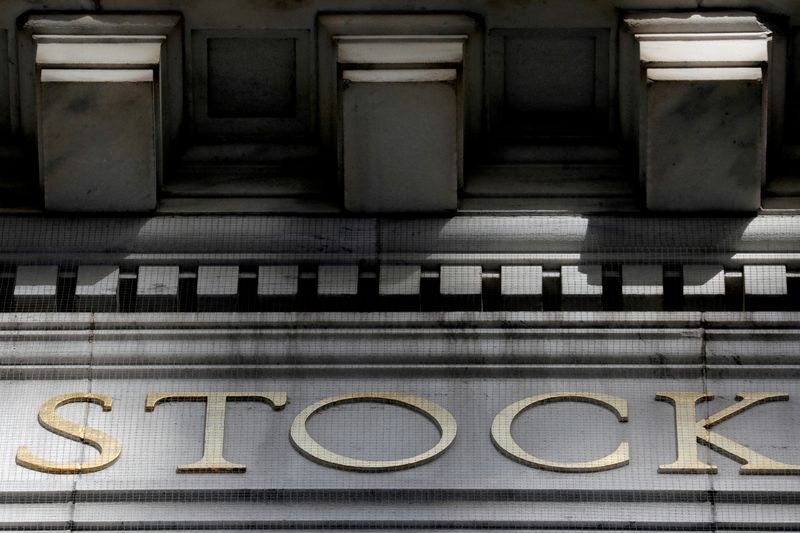By Peter Nurse
Investing.com -- U.S. stocks are seen opening little changed Tuesday, consolidating around record levels, with the major U.S. banks to the fore after announcing significant dividend increases.
At 7 AM ET (1100 GMT), the Dow futures contract was up 60 points, or 0.2%, S&P 500 futures traded just 1 point higher, while Nasdaq 100 futures dropped 7 points, or 0.1%.
The main indices closed largely higher Monday, with the broad-based S&P 500 advancing 0.2%, its third consecutive record close, and the tech-heavy Nasdaq Composite gaining nearly 1%, also a new high. The blue-chip Dow Jones Industrial Average, however, dipped 0.4%.
Trading ranges are expected to be limited this week as investors warily await Friday’s monthly jobs report. This is expected to show that the economy added 675,000 new jobs in June, pushing the unemployment rate down to 5.7% from 5.8%.
“Volatility levels are sinking fast again following a brief hiatus around the FOMC meeting,” said analysts at ING, in a note. “The recent FOMC meeting suggests the Fed’s trigger-finger will be a little twitchier when it comes to tapering, but unless the NFP figure comes in close to the one million mark, financial markets will probably be set fair for a low volatility summer.”
In corporate news, Facebook (NASDAQ:FB) joined the $1 trillion market capitalization club on Monday after a Federal antitrust court case against the social media giant was dismissed.
However, it’s the banking sector which is likely to be in the spotlight Tuesday, after most of the senior U.S. lenders announced plans to pay an additional $2 billion in dividends in the wake of the Fed’s stress tests results. Citigroup (NYSE:C) bucked the trend, by not raising its payout to shareholders - at least not yet.
United Airlines (NASDAQ:UAL) on Tuesday unveiled its largest ever order for 270 Boeing (NYSE:BA) and Airbus jets worth more than $30 billion at list prices, a move that was rumored about on Monday.
Economic data centers around the release of the Conference Board's consumer confidence index at 10 AM ET, which is expected to rise to 119 after declining to 117.2 in May.
Crude oil prices weakened Tuesday, with the growth of Covid cases, mainly in the U.K. but also a number of Asian countries, caused by the highly infectious delta strain weighing on sentiment.
By 6:30 AM ET, U.S. crude was down 0.4% at $72.60 a barrel, while Brent was down 0.2% at $74.05, after reaching levels not seen since 2018 during last week’s trading.
There was also an element of traders taking some money off the table ahead of Thursday’s meeting of the Organization of Petroleum Exporting Countries and its allies, a group known as OPEC+.
Estimates of weekly U.S. crude oil inventory data by the American Petroleum Institute are due later in the day.
